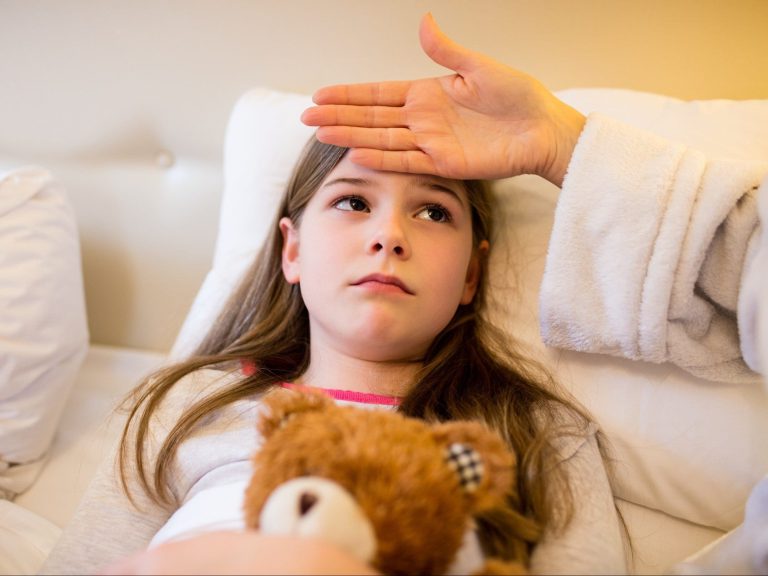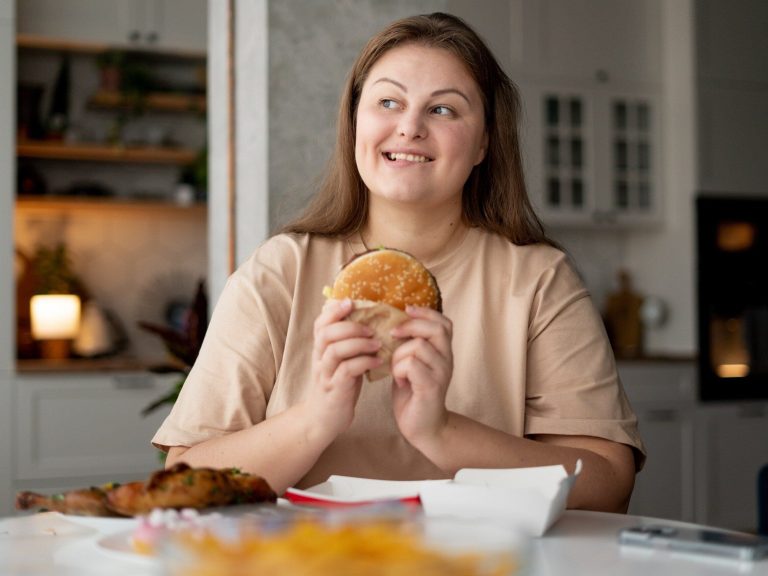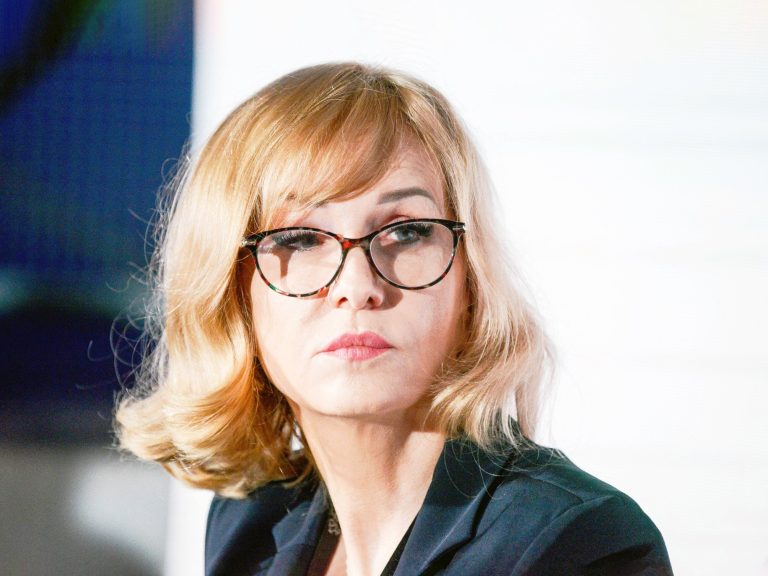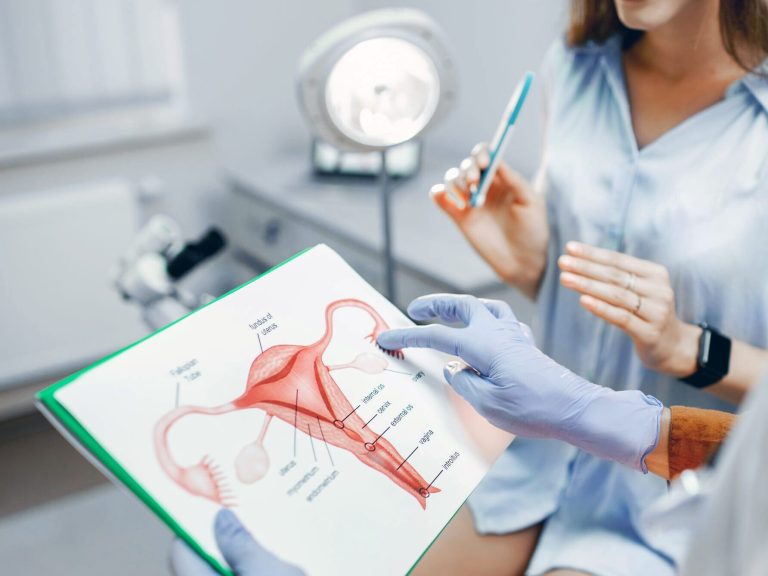Positive changes in the lives of adults with SMA

From the observational studies published in 2022 in children and adults treated in Poland for at least a year, improvement and good tolerance of treatment have been observed – we talk about the situation of SMA patients in Poland and the new drug program with prof. Anna Kostera-Pruszczyk, head of the Department and Clinic of Neurology, UCK WUM, Expert Center for Rare Neuromuscular Diseases, ERN EURO NMD.
30-month observational studies of adult patients with SMA treated with nusinersen allowed us to document in the form of measurable numbers, results in motor function assessment scales, what we observe every day, and thus improvement in functional status in 94 percent. and stabilization at 100%. patients with SMA. Moreover, the study shows that the therapy is well tolerated, and 85 percent patients feel improvement. The research results were published in August this year in a scientific journal Orphanet Journal of Rare Diseasesin the publication entitled: “Long-term observations of nusinersen treatment across a broad spectrum of spinal muscular atrophy severity: real-world experiences”(1) – says prof. Anna Kostera-Pruszczyk.
SMA is a genetically determined disease that is constantly progressing, and adults also suffer from it. What is the course of the disease in their case and how large is this group of patients in Poland?
Prof. Anna Kostera-Pruszczyk: Adults with spinal muscular atrophy are a large group. According to data from the register kept for over a decade by the team of our Neurology Clinic as part of the global TREAT NMD registry, they constitute at least 50 percent. population suffering from spinal muscular atrophy. This means that there are approximately 600 adults with this disease in Poland.
Adults with SMA are primarily patients with the so-called chronic forms of SMA2 and SMA3. A small group consists of patients with SMA1, i.e. with an acute form with onset in the first six months of life. In all these forms, without pharmacological treatment, the disease inevitably progresses.
Since March 2019, the B.102 drug program has been implemented, in which patients regardless of age have access to nusinersen. Do all patients benefit from therapy?
From the beginning of the implementation of the B.102 program, all centers treating patients with SMA are required to regularly report treatment results in appropriate age and functional status-adjusted scales. This helps us know that patients benefit from treatment; So far, there has been no need to terminate treatment due to meeting the ineffectiveness criteria.
It is also worth remembering that the scales assess only motor functions, but they are not able to show, for example, that a pharmacologically treated SMA patient has more strength during the day, can perform an activity not several times, but much longer.
Our charges often, thanks to treatment, can, for example, take up a job, continue their education or turn something they did part-time into a full-time job. This translates into improved prognosis, as well as much greater self-reliance, independence, and this affects the well-being of not only SMA patients, but also their caregivers.
We already have Polish patient observations and data from real clinical practice. Last year, a report was presented entitled: “Spinal muscular atrophy (SMA). Effects of SMA treatment in Poland. A new quality of life for patients and caregivers”, which also includes preliminary treatment results. Results on the effectiveness of nusinersen treatment from this study were scheduled to be published in “Orphanet Journal of Rare Diseases”. What do the Polish results of observation of RWE treatment for adults look like? What improvement can be seen as a result of the treatment given to them?
The results of a long, 30-month observation of adult patients with SMA, published by us, allowed us to document in the form of measurable numbers, scores on scales, what we observe every day, i.e. improvement in condition, functional improvement, which becomes more and more clearer. 94 percent respondents achieved an improvement in their functional condition visible over time, and 100 percent the disease stabilized.
These are very positive results, especially for adults who start treatment after many decades of illness, often with severe paresis. From the point of view of the so-called In the natural course of the disease, stabilization of their functions would be a great success, and we have shown that in the group of 120 patients we treat, each subsequent administration of the drug is associated with a slightly greater improvement than the previous one.
After 30 months of observation, an increase of 5.1 points in the HFMSE scale was observed, and in the CHOP-INTEND test by 5.59 points (in the 26th month of observation). The mean RULM score improved by 1.96 points at 30 months.
At the 30th month of treatment, clinically significant improvement in the HFMSE scale (≥ 3 points) was observed in 71%. patients; on the CHOP-INTEND scale (≥ 4 points), in 80%; in the assessment of upper limb function in the RULM scale (≥ 2 points) in 43.5%; and in the 6-minute walk test (increase of ≥ 30 meters) in 50% of patients.
How has access to nusinersen impacted the quality of life of patients and their caregivers? Are they satisfied with the effects of treatment?
Satisfaction with treatment is very important. The study also assessed patients’ and caregivers’ feelings about improvement. And here the results were very good: in the 14th month of treatment, 75 percent of the subjects experienced subjective improvement, and in the 30th month – 85 percent. At month 30, 100 percent of subjects felt at least stable. So looking through the patient’s eyes also confirmed that the therapy was effective.
What are the most up-to-date data on the results of observational studies for children in Poland?
The results of observational studies published in 2022 in children treated in Poland for at least a year are very similar to those obtained in adults. Improvement and good treatment tolerance were also observed in this group.
We will certainly continue to analyze the effectiveness and safety of patients of all ages treated in the B.102 program. Pediatric centers care for a relatively new group – children who started treatment in the pre-symptomatic period, made possible by a well-functioning screening programme.
And we need to develop a model of transferring patients from pediatric centers to those that treat adult patients, a model of multidisciplinary care. Today’s excellent results are also motivation to develop new, even better solutions – sums up the expert.
Prof. Ph.D. n med. Anna Kostera–Pruszczyk, head of the Department and Clinic of Neurology, UCK WUM, Expert Center for Rare Neuromuscular Diseases ERN EURO NMD.
August, which is the month of knowledge about SMA, more on the profiles:
https://www.facebook.com/strumienzyciawsma
https://www.instagram.com/strumien_zycia_w_sma/
www.fsma.pl
This year’s campaign was covered by the patronage of national and industry media. We would like to thank the media for understanding the need to spread awareness about SMA and for their support in publicizing the campaign.
The press material is part of the educational campaign: “Life stream in SMA”. We can do more…”
Bibliography:
(1) Łusakowska A. et al. Orphanet Journal of Rare Diseases (2023) 18:230; https://doi.org/10.1186/s13023-023-02769-4






